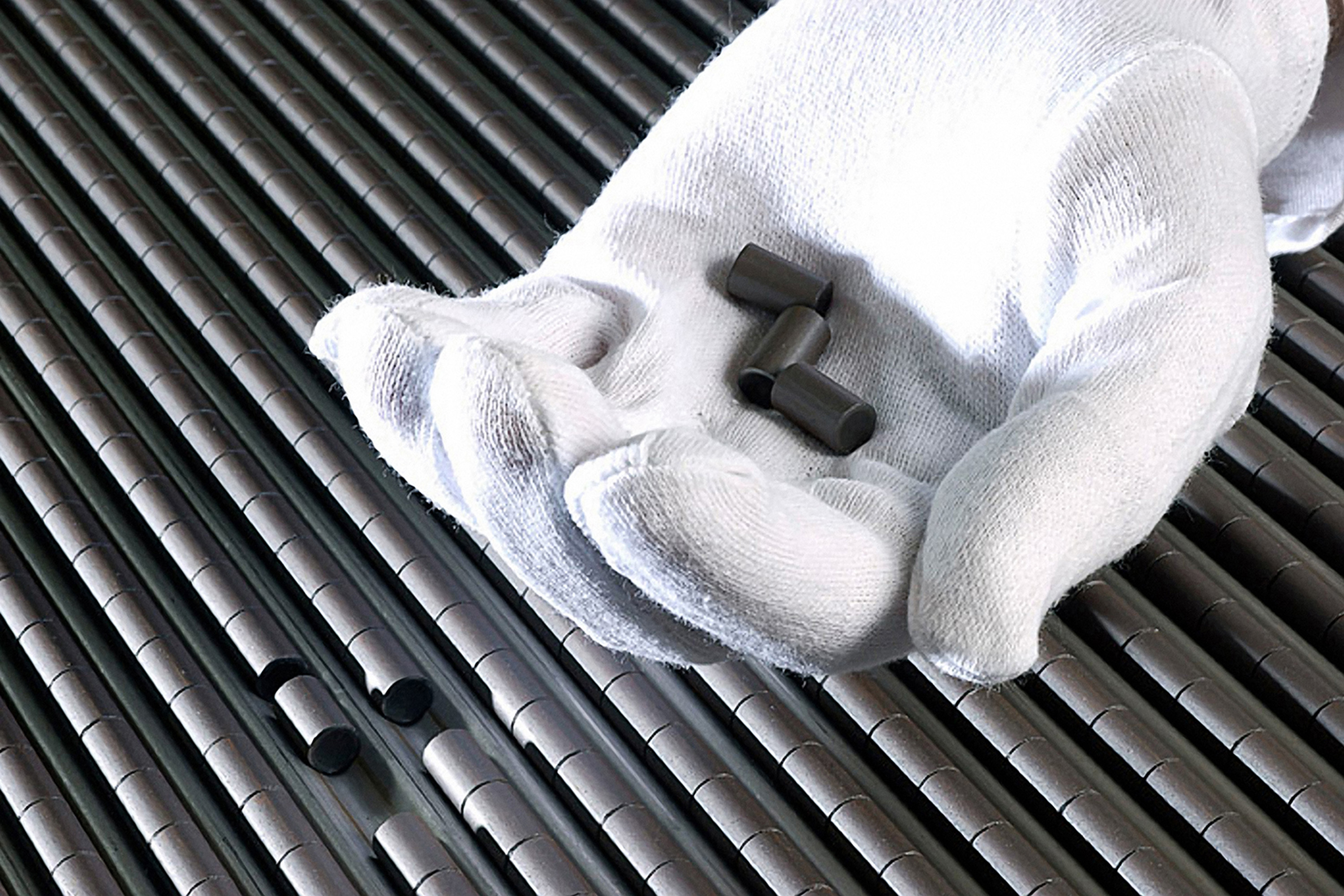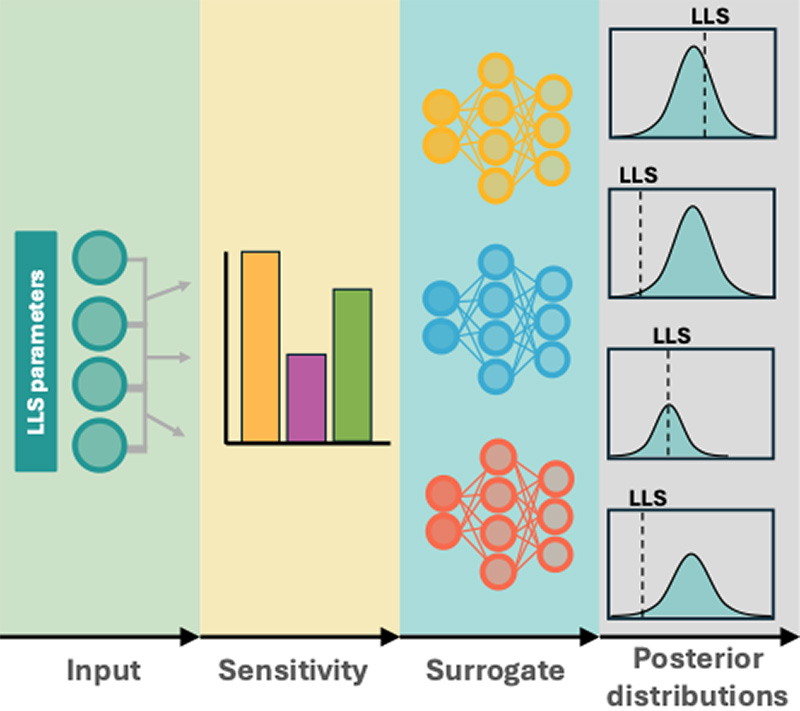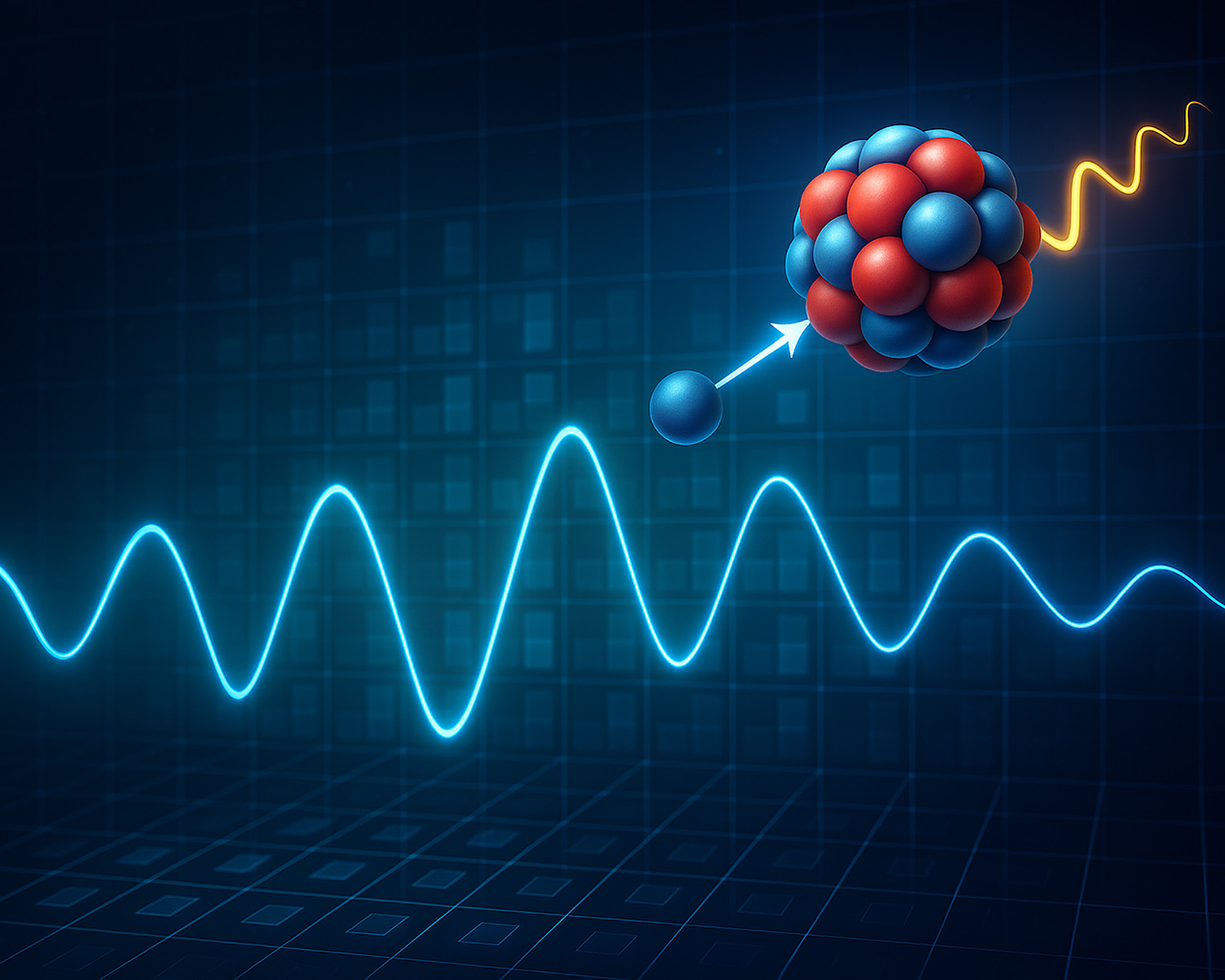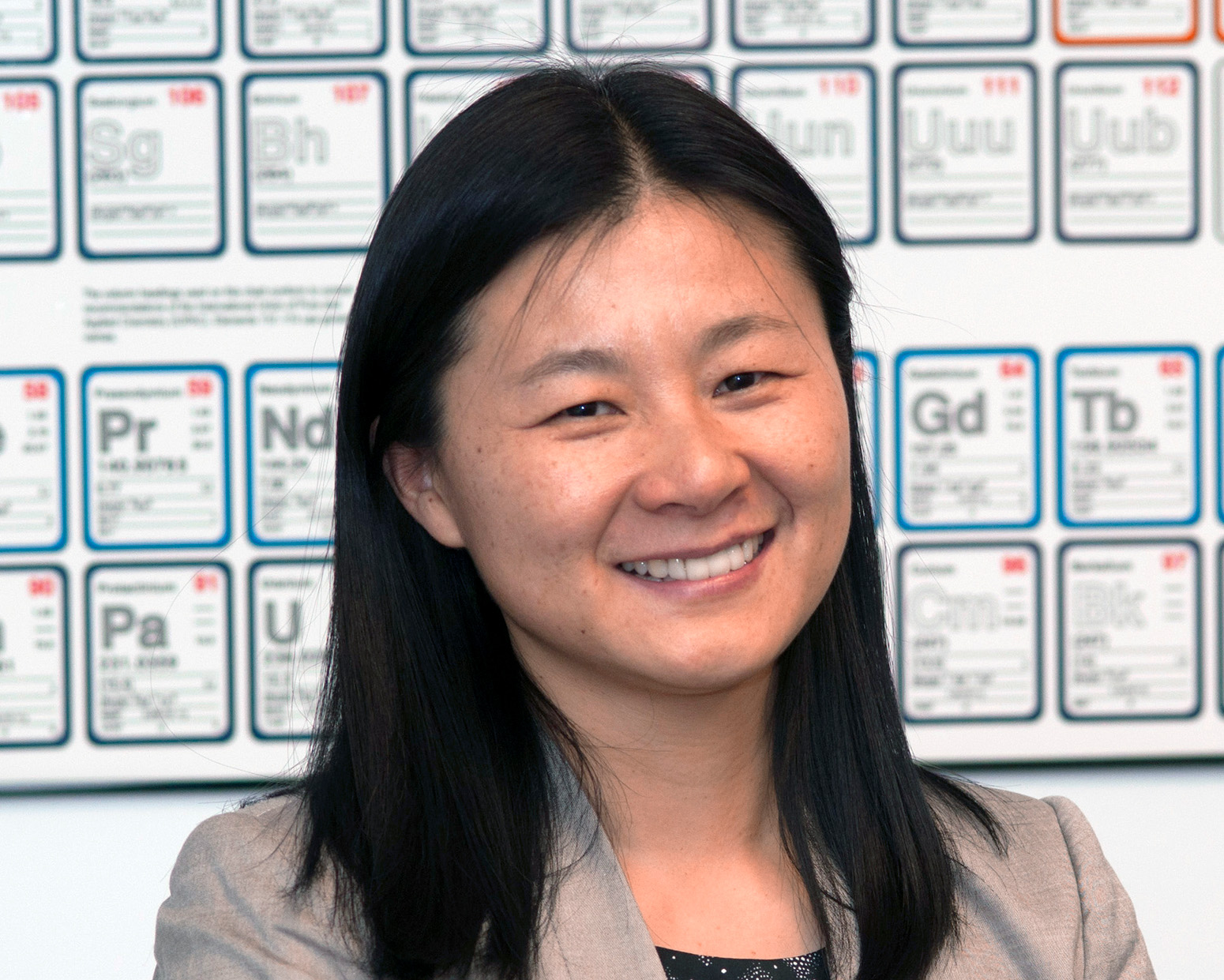Can AI help fast track advanced fuels for nuclear reactors?
Novel technique cuts testing time, boosts confidence in predictions

Los Alamos researchers and collaborators have demonstrated an uncertainty quantification framework for predicting how nuclear fuel deforms under reactor conditions. They focused on uranium dioxide creep, a mechanism that governs the stress state of the fuel and influences how the fuel pellet responds under both normal operating conditions and accident scenarios.
Read the paper
Why this matters: In line with the nation’s energy goals, this approach could help accelerate the qualification of fuels for nuclear reactors — a typically slow, expensive process requiring years of in-reactor experiments. It opens new opportunities to strengthen safety and increase reactor efficiency.

What they did: By combining advanced computer modeling and data analysis with machine learning, the team developed this new framework. The researchers:
- Combined physics-based mechanistic models and experimental data within a Bayesian inference approach to make accurate predictions accounting for uncertainty.
- Used machine learning to efficiently run those models millions of times, thus quickly performing simulations and refining physics-based parameters related to the material’s microscopic properties that control how it behaves.
- Used mechanistic material models developed by Los Alamos to prove historical scatter in experiments is due to extremely small stoichiometry changes.
- Compared real-world experimental data with a mechanistic model using a statistical method, Bayesian inference, to make their predictions more accurate.
Funding: The work at Los Alamos was supported by the U.S. Department of Energy’s Nuclear Energy Advanced Modeling and Simulation (NEAMS) program, and by an award from the U.S. Department of Energy’s Office of Nuclear Energy and Westinghouse Electric Company.
LA-UR-25-31133





